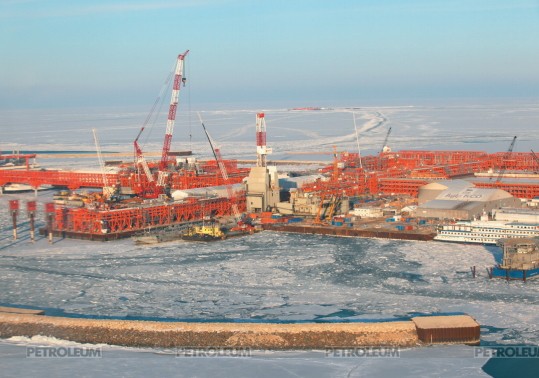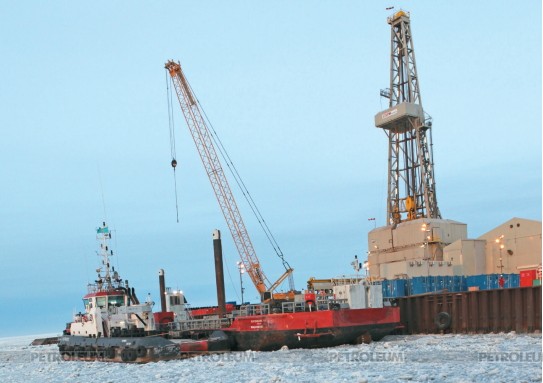Projects
Kashagan Expects for Verdict
Production of oil at the Kashagan field stopped just after beginning, though Kazakhstan relied on this production for joining the top ten largest oil producing countries in the world, as early as by 2015. The Government and the shareholders of the North Caspian project are waiting for the verdict: what to do with the pipeline, extending from the wells at the artificial islands to the onshore processing complex. Even in case of the most negative scenario, the pipeline may have to be re-installed.

As it is known, the production at Kashagan started on September 11, 2013. However, two weeks later, on September 24, the field operation has been suspended after a gas leakage from the onshore pipelines, going from the island D to the Bolashak unified oil and gas processing unit. Under the current procedures of the operator-North Caspian Operating Company (NCOC), the Department of Emergency Situations of Atyrau region and the relevant regulatory authorities were immediately informed of this emergency situation. An access to the pipeline and the replacement of the joints were ensured. Production was resumed, but it was suspended again on October 9 after the gas leak detection. After repairing the damaged connection, the hydro test was conducted under full control, which revealed the other places of potential gas leaks. The NCOC was forced to begin a thorough investigation of the incident.
NCOC Press Office provided the following aggregated information about the progress of the investigation and the current situation as of January 14, 2014 years: "The direct reason of the gas leak was the sulphide cracking under stress. In the present moment, the reason for this is the cause of cracking due to the sulphides. In response to the suggestions, set out in the mass media, the operator said that the formation of gas hydrate under no circumstances could lead to the cracking due to the sulphides. Hydrates are formed when natural gas components interact with water and freezes at the temperatures above the freezing point of water. It can cause a partial or complete blockage of gas transmission pipelines. Cracking due to the sulphides cannot be connected to or caused by hydrate formation. In addition, the operator also said that so far no hydrate formation took place at the production facilities of Kashagan field.
Work is underway to confirm the alleged leaks/defect by excavation and, if necessary, removal of the pipe sections. Previously published material in the mass media in terms of the number of defects is just an invention. Now there are ongoing works on the pipeline inspection with use of so called "diagnostic pipe device" and the works are carried out according to the plan. The intra-field pipeline inspection is completed and the obtained data is now being studied and interpreted.

As a result of laboratory analyses, conducted with the use of the pipe fragments under simulated real working environment, there is a conclusion that the material specifications for gas pipeline are designed for use in the Kashagan field conditions. The technical features are fully compliant with NACE (National Association of Corrosion Engineers), ISO standards, as well as the best world practice of the oil field operation. As previously reported, the intra-field pipeline is designed specifically for operating in an environment with the rated contents of the H2S and water.
It is expected that the results of the steel sample analyses, conducted by the TWI (United Kingdom) and other specialized laboratories, will be available in late January-early February 2014. The inspection of the gas pipeline, coming from the island D to the Bolashak unit, with so called "diagnostic pipe device", has been completed and the results are being interpreted. It is expected that the results will also be available in late January-early February. In the present moment, similar works are ensured for the pipeline, laid between the island D to Bolashak unit, using the "diagnostic pipe device" and the results will be available in a month [second half of February- Petroleum].



